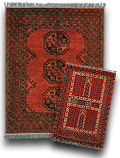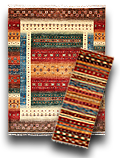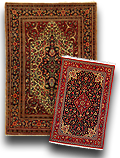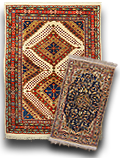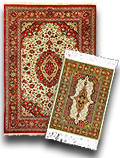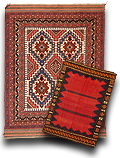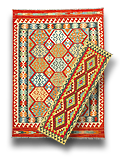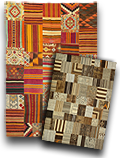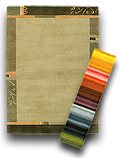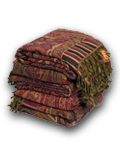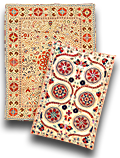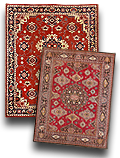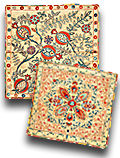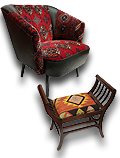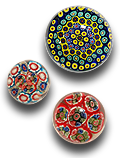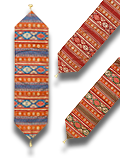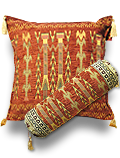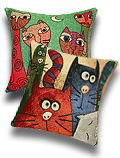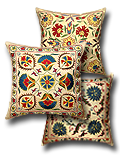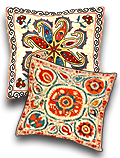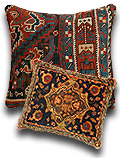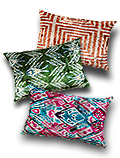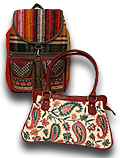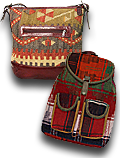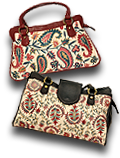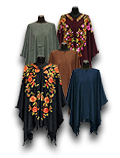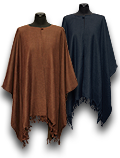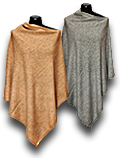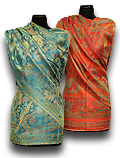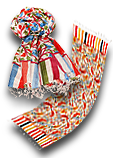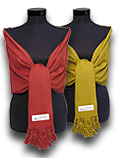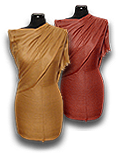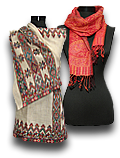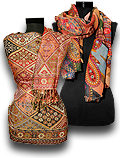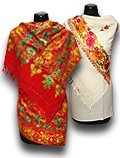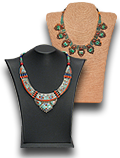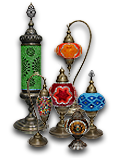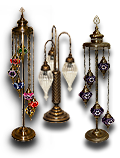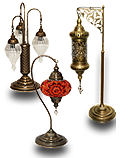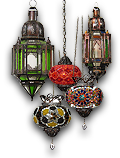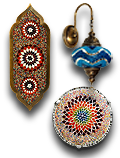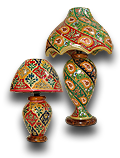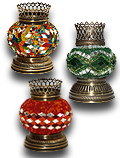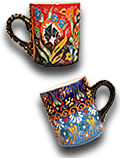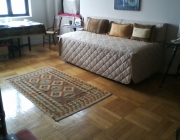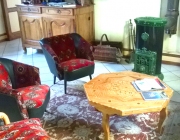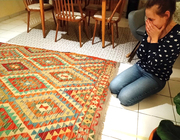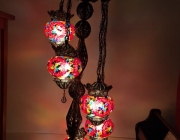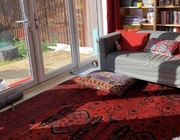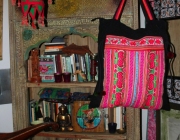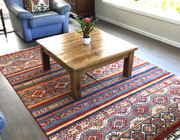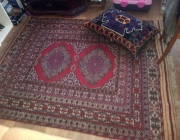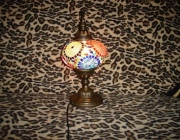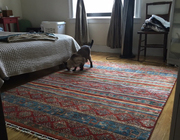The carpet as a useful item takes an extraordinary place in the cultural history of the world.
The first carpets and rugs came into being as a need of the nomadic tribes and carpet making probably has the same age as our civilisation. The Pazyryk carpet, the oldest archaeological find, was made around 500 BC.
The area we may consider as the home of carpet making, includes that of Asia Minor, the Caucasus, Iran, Middle-Asia, Afghanistan, North-India and China.
In this area, covered with plateaux and huge mountains, animal husbandry has always prospered, supplying the raw material needed for the carpet making, especially wool. Against the hostile climate of the region the carpet proved to be a versatile instrument.
As time passed by the carpet-making nations expressed their desire for beauty: they started to adorn the rugs with tribal symbols and ornaments that had a connection with their special region. Consequently different types of carpets came into being which had not only typical patterns but typical colours as well, for every nation had some secrets about how to dye the threads.
That is how the carpet, which at the beginning served only as a useful domestic item, developed over several centuries to become a splendid and luxurious instrument representing artistic value. This was the way of the oriental rug from the useful item of the nomadic nations to the masterpiece in the 16th century bearing fabulous value and beauty.
Besides the folk motif carpets there was one more type which played an important role in the art of the east. This type was not made by local folk however, but was designed by the most excellent artists many centuries ago, and was made in the biggest court workshops making use of the very best materials for the notabilities of the East. The folk or "rural" carpet in many respects competes successfully with examples of oriental rugs dating back to the classical age. Of course in its patterns, its colours or its form, it is not so perfect as those from the classical age, but these very little faults come from a kind of naivety or misunderstanding, but always from deep feelings, that make them precious in our eyes. These carpets were never made for commercial purposes but always for private use, for the family circle. It is therefore no surprise that these pieces have got to the centre of the collectors' interest recently.
One of the typical features of folk art is that after its discovery it slowly starts to decline. The oriental carpet is no exception. Since the American and European market discovered the rugs for themselves they have gradually lost their artistic value and beauty. Loosely knotted, garishly coloured, "soulless" carpets appeared, made from poor material, according to the measurements of the American and European flats and houses, with inappropriate patterns and a high pile.
In Europe the carpet has never been a tool of vital importance and consequently carpet making has never turned into folk-art. Those who wanted to obtain carpets mainly for luxurious purposes bought oriental ones. In the second half of the 19th century dealers swamped Europe with great quantities of Persian carpets. The "Persian" carpet, as it has always been called for centuries without distinction - and here we should mention that it is not right to call all the oriental carpets "Persian" as the Persian pieces form only a small group of the oriental carpets - was always welcomed in the countries of Europe.
Their fantastic world of colours and forms struck the painters as well. They took the chance to adorn their works with marvellous depictions of the carpets and these works helped us afterwards to identify the age of the carpets that were made in the 15th - 17th centuries.
The Persian carpet became a fashion and aroused the interest of the researchers of oriental art. They started to record the existing pieces and they also started to research forgotten pieces that had started to perish. Hungary proved to be an especially suitable area for researching oriental rugs, as the country had suffered 150 years of Turkish occupation. The overland trade route of the oriental carpets between the east and the west led its way through Hungary and much of the goods found their new owners right there. For example, according to a customs register dating back to 1503, through the city of Brasov alone, in one ten-month period, over 500 oriental rugs were imported into Hungary. This fact made it possible for the Hungarian home-culture to develop in a particular way, and made a great contribution to the fact that the oriental rug was an essential part of the old Hungarian homes.
Turkish rugs were especially fashionable. Their popularity was due to the status they conferred as symbols of power and wealth, and were used at family celebrations in castles, mansions as well as in civil homes. Carpets became an essential part of churches - both Catholic and Protestant.
When considering these things it is no wonder that the carpet collection of the Museum of Applied Arts in Budapest (1872) is of overriding importance, and besides the Turkish And Islamic Museum of Arts (Istanbul), the Museum of Applied Arts in Budapest can be proud of having the largest Anatolian carpet collection.
- Antique carpet
- Old oriental carpet
- Carpet bag
- Hand knotted oriental carpet
- Hand woven oriental carpet
- Modern carpet
- Bedspread, tapestry
- Suzani table cloth
- Furniture
- Wicker basket
- Murano paperweight
- Ottoman table/wall runner
- All
Costumer feedbacks:




